Appreciation and Analysis of Classical Famous Songs of the 20th Century: Guo Ying and "Jackdaws Playing in the Water"
Different from the rough, unrestrained and straightforward personality of the Henan Zheng School in the north, the Chaozhou Zheng School located in Lingnan is full of elegance, beauty and subtle temperament. On the one hand, it is influenced by the twists and turns of the southern dialect; It can be said that the delicate and varied tones of southern dialects have an effect on the formation and penetration of Chaozhou music style. In the processing of Chaozhou zheng’s left-hand glissando, it shows extraordinary thoughts and artistic conception. An inner beauty of simplicity spreads in the depiction of each musical sound, with a strong charm.
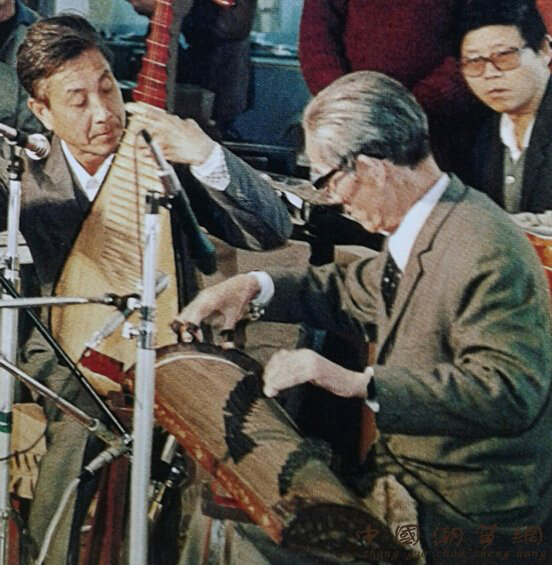
Guo Ying (Zheng) and Yang Xiuming (Pipa) play Chaozhou fine music
At the beginning of the 20th century, the zheng was quite popular in the folk music of Chaoshan area. It was active in "Xianshi Music", "Xi Le", "Qing Le" and other silk-bamboo-string-cord ensembles. Match the instruments. In the first half of the 20th century, Chaozhou zheng gradually spread to Beijing, Shanghai, Nanjing and Nanyang with the flow of population. In 1940, at the concert held by the "New Wave Silk and Bamboo Association" (a folk silk and bamboo group organized by Chaozhou people in Shanghai), Guo Ying (1914-1998), the founder of the Chaozhou Zheng School, publicly performed his own arrangement in the form of a zheng solo. The Chaozhou famous song "Jackdaw Playing in the Water". In 1951, Guo Ying was hired as a full-time guzheng soloist of the Shanghai Orchestra, and then served as a guzheng teacher at the Shanghai Conservatory of Music. We are now familiar with "Jackdaw Playing in the Water", "Pink Lotus", "The Resentment of Zhaojun" and "Crossing the River Dragon". , "A Little Gold", "Grief", "Pingsha Falling Wild Goose", etc., were the solo pieces he often played at that time. In the process of gradually professional and elegant processing, polishing and arranging, the playing techniques of Chaozhou zheng music are closely related to The ideological connotation has been continuously enriched.
Since then, with the performance and teaching practice led by Guo Ying, Chaozhou Zheng took the lead in opening the transition and transition of Chaozhou folk artists to professional troupe zheng masters, which contributed to the gradual separation of Chaozhou Zheng from small ensemble into a solo piece History of musical instruments. In the middle of the 20th century, Guo Ying used the Shanghai Orchestra and the Shanghai Conservatory of Music as important communication windows and teaching bases, and trained a large number of senior Zheng masters, such as Sun Wenyan, Xiang Sihua, Fan Shange, Wang Changyuan, Zhang Yan, Yang Xiuming, etc. In 1981, the cassette tape "A Little Red" recorded by the Shanghai Record Factory was released to the public. The recording was performed by Guo Ying for Zhang Yan's Chaozhou zheng with Yehu accompaniment. It was more widely disseminated after the historical catastrophe.
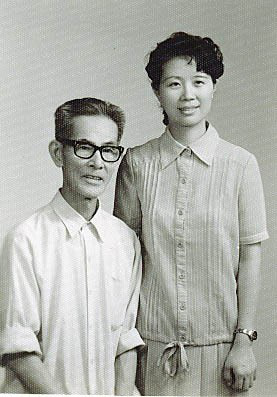
Group photo of Guo Ying (left) and student Zhang Yan (right)
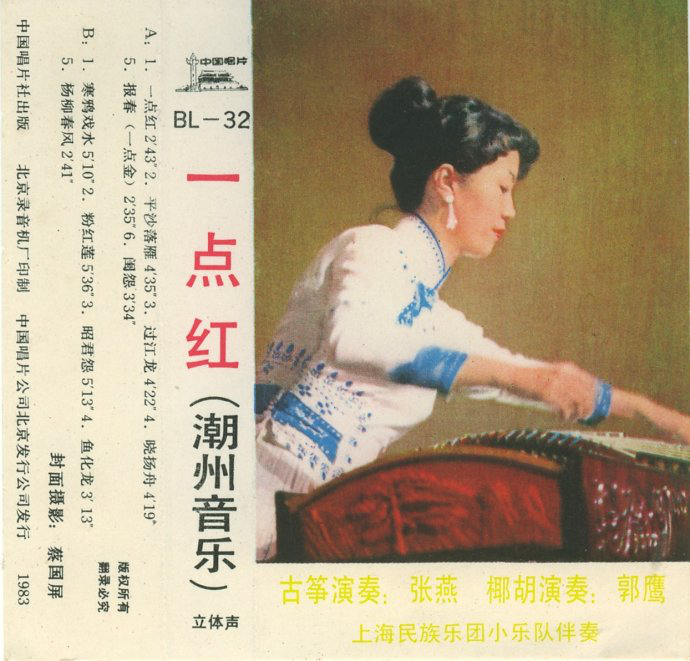
Cover of the audio cassette "A Little Red"
Released by China Record Publishing Company
In 1987, Fan Shang'e selected and compiled fifteen Chaozhou zheng pieces based on Guo Ying's performance. The pieces are in the form of simple notation and supplemented by detailed guzheng playing fingerings, which promoted Chaozhou zheng from folk oral teaching to the academy. The transitional process of systematic teaching transformation. It can be seen from the selection that Guo Ying emphasizes the "four-point" fingering sequence of hooking, holding, wiping and holding with the right hand. This playing method, which is particularly important in allegro paragraphs, has a profound impact on the creation of modern and contemporary zheng music; Richly layered, "playing and following" chants, pressing, sliding, and kneading decorate the subtle changes between the melody and the sound, the "spotting" on the open strings is skillful and easy, and always follows like a dragonfly, delicate texture on fa, ↓si Changes; using the "double press" of pressing two notes at the same time with the big finger and middle finger of the left hand, the linkage of the allegro dense bsi and fa is vividly displayed, etc. These have become important identifying features of traditional Chaozhou zheng music performance.
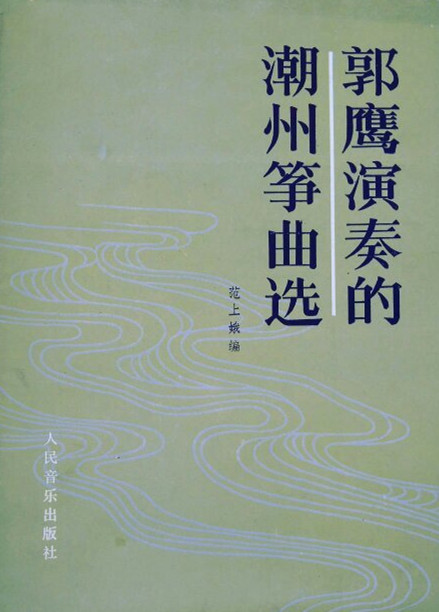
"Chaozhou Zheng Songs Played by Guo Ying", edited by Fan Shang'e, People's Music Publishing House, 1987 edition.
In fact, Guo Ying is also a typical zheng music artist with traditional Chinese literati temperament. In addition to the performance and teaching work of "double habitation" in the professional troupe of guzheng, he is the first of the "Four Talents" in flower and bird painting in the south of the Yangtze River—— Jiang Hanting's favorite student, he is also quite prestigious in the art of calligraphy and painting.
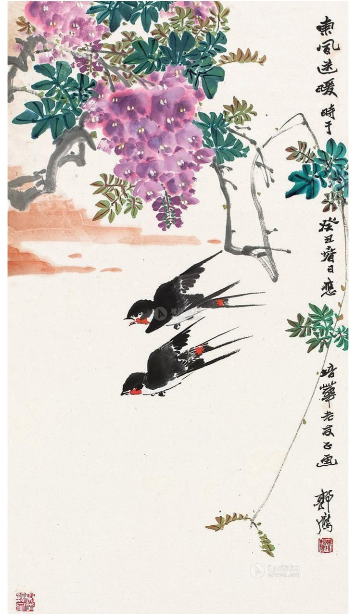
Guo Ying's painting "The East Wind Brings Warmth" (1973)
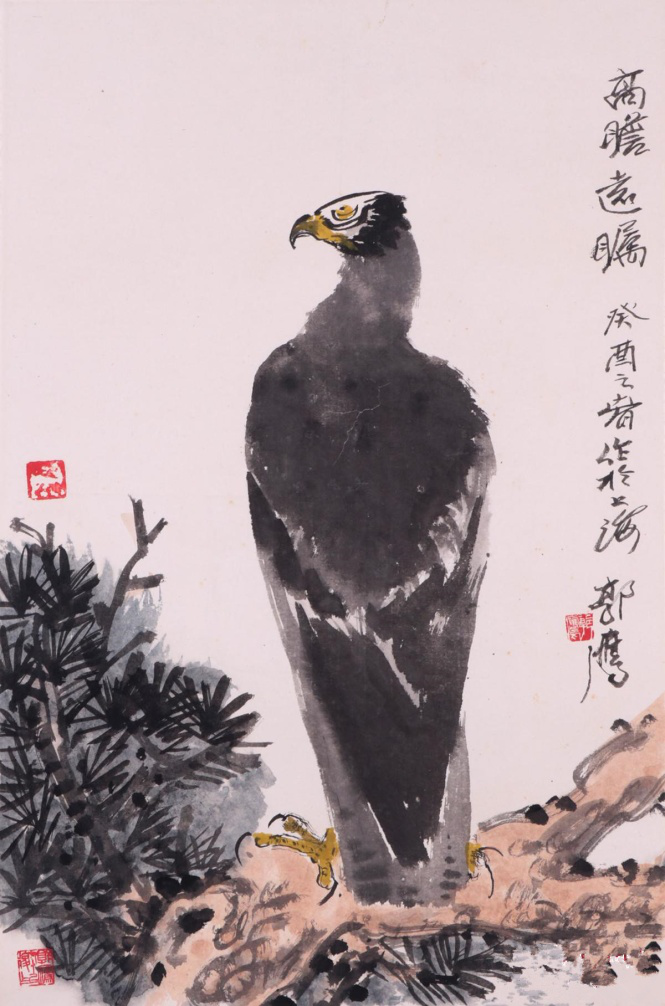
Guo Ying's painting "Looking Ahead" (1993)
The "Jackdaw Playing in the Water" that I enjoyed today is one of the important representative pieces of the "Heavy Six Tunes". The music is closely related to the two basic rhythms of re-fa-sol and sol-↓si-do. In the wandering changes of the notes and the chords, it depicts the scene of jackdaws leisurely and contentedly in the water, chasing and playing with each other. . The so-called "heavy six-tone" originates from the differences in melody color and musical mood in Chaozhou zheng music due to the different modal scale composition and melody frame. This difference is mainly reflected in the melody framework of la-do-mi-sol, the fresh and lively "light six-tone", and the melody framework of ↓si-re-fa-sol, which expresses the euphemistic "heavy six-tone", ↓si-↑re-fa-sol is the melody frame, the lingering and mournful "live five tunes", and la-re-fa as the melody frame, the lively and witty "anti-line tune". On the basis of these four types of modes, with the needs and advancement of musical emotions, we can also use the method of interspersed splicing to form different modes ingeniously mixed and connected, further enriching the color changes of the modes inside the music, outlining the development and development of music thinking. The distinctive personality of the musical image, such as Yang Xiuming's "Zhu Gong Diao·Pink Lotus" and Xu Lingzi's new work "Three Xues of Chaozheng", are all continuations rooted in traditional Chaozhou zheng music.
"Jackdaw Playing in the Water" is played by a traditional 16-string steel zither, with a long and sticky aftertaste. The music consists of three sections: "head board" (or "two boards"), "copy" and "three boards", each of which is an "eight board" structure composed of sixty-eight boards. The theme of the music is from complex to simple, which makes Le Si peel off the cocoon in layers and layers. When it reaches the end, the techniques of "rushing beat" and "double pressing" are often used to remind the festival to push the musical mood to a climax.
 渝公网安备 50010702504639号
渝公网安备 50010702504639号